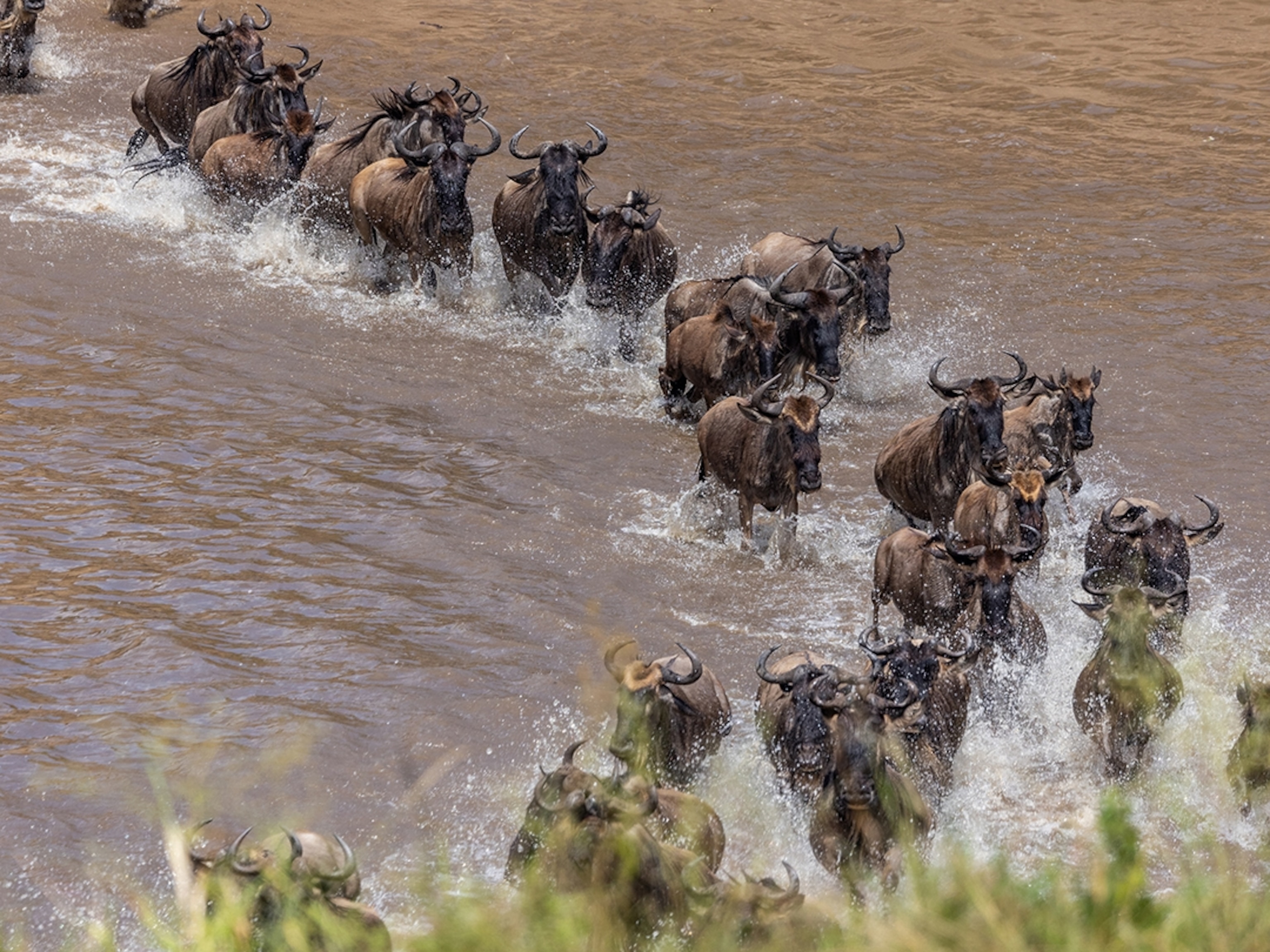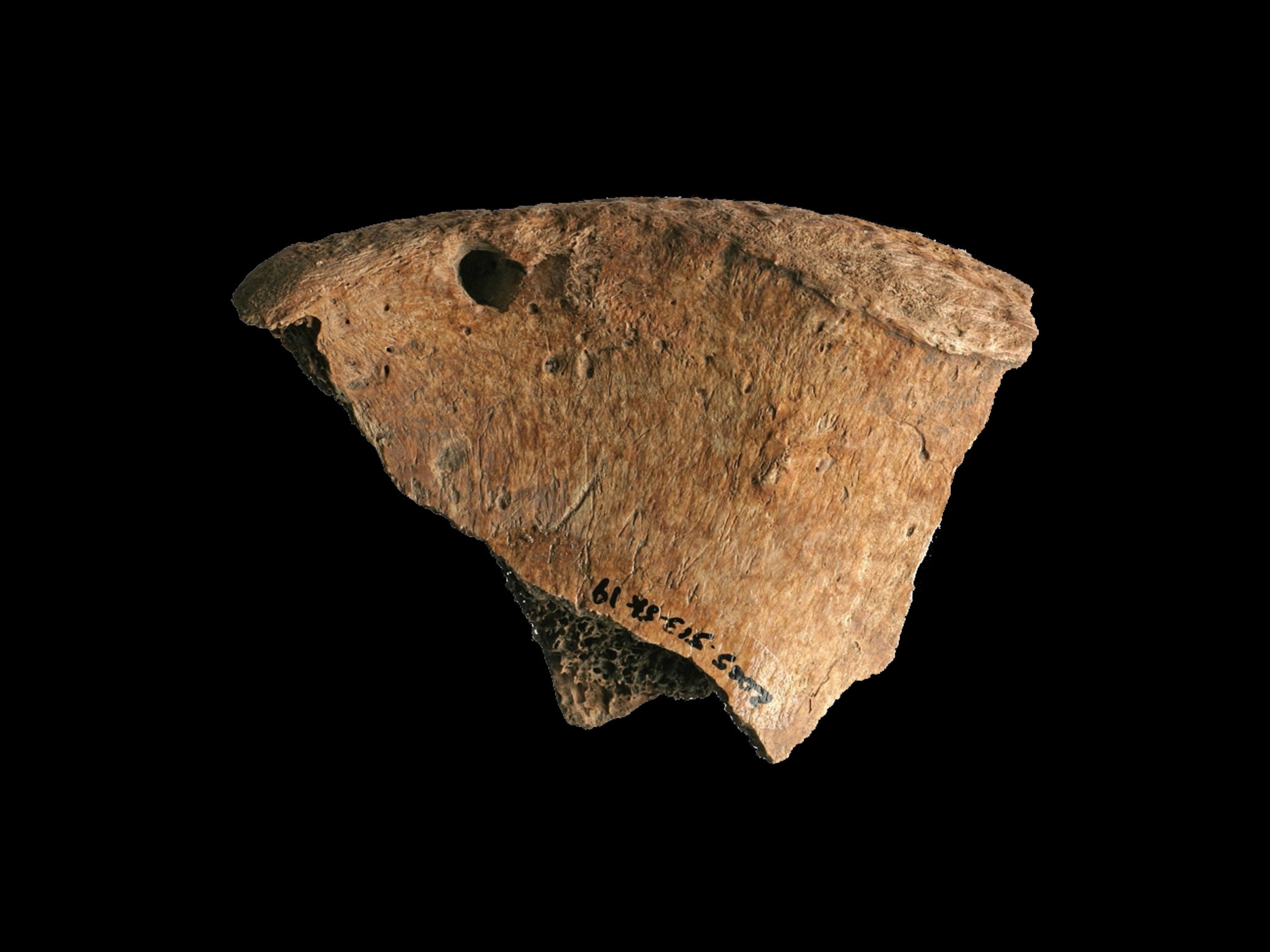
Viral Photos Don't Show Lions Mating, Just Males Bonding
Lion experts say the behavior can occur when male lions show affection.
Earlier this week, we wrote that the mating lions seen in Botswana may have been a male and a maned lioness.
Female African lions with manes are regularly seen in northern Botswana, where they may carry a genetic disposition toward the phenomenon.
But Nicole Cambré, who recently photographed the lions on safari, provided National Geographic with additional video and photo that show both lions are indeed males. The original photos provided to National Geographic did not clearly show the lions' sex.
"I am 99 percent certain that both lions I photographed are male," says Cambré. "I was surprised that they were attempting to mount each other," she says, and that they were doing so frequently.
"It was not only the dark-maned male mounting the blond-maned male, but also the blond-maned male mounting the dark-maned one, so there was in my opinion not one dominating the other, but both appeared to be equally ranked."
Experts who viewed this video agreed. "It is definitely two males," says Luke Hunter, president of the big-cat conservation group Panthera.
"It's not that unusual," Hunter adds by email. "It’s the same thing as when a dog is a little frisky and humps its owner's leg!"
Hunter explains that males in the same group are "extremely close and bonded. They engage is constant affectionate behavior which, occasionally, extends to a little dry humping. It's not reproductive, nor is it homosexual." (See more lion pictures.)
Kathleen Alexander, an African lion expert and professor at Virginia Polytechnic Institute in Blacksburg, had a similar reaction.

"The video clearly identifies that the two individuals are indeed males."
Alexander, who has studied lions in Botswana for 25 years, says she has never witnessed two males behaving this way.
"This is no different, however, from what we see commonly in domestic animals or in wild animals in captivity," she says. "Animals can be plastic in their behaviors, motivated by a variety of of drivers."
"We are still trying to learn why wild animals do what they do—a complex process."
Adds Cambré: "I leave it up to your readers to take away from it what they want and to draw their own conclusions. I am a photographer and I document what I see."
Follow Christine Dell'Amore on Twitter.




